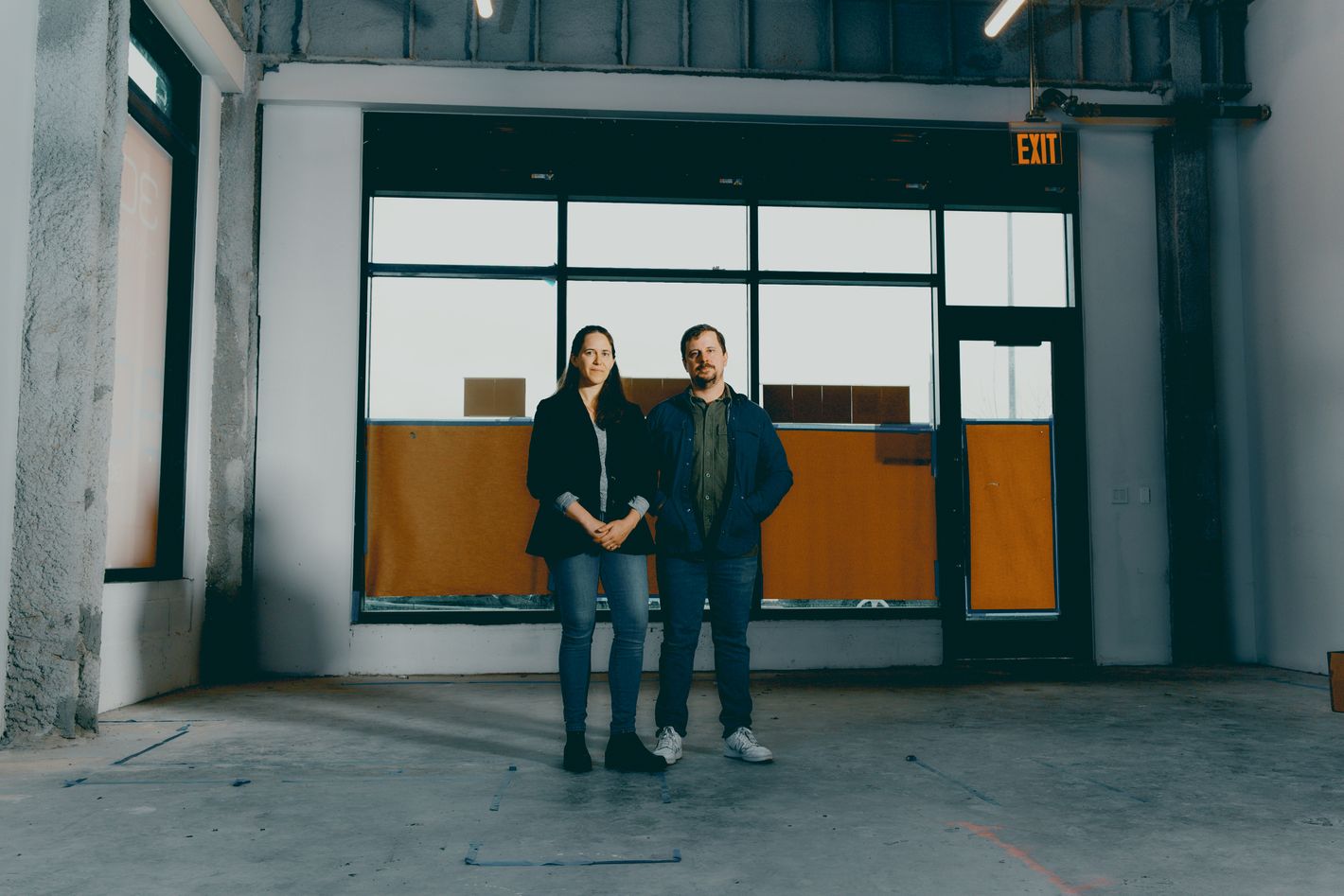when you want, where you want.
CJ Television
The Baker Who’s Building His Own Grain Mill in Gowanus
 Photo: Victor Llorente
Photo: Victor Llorente
In 1688, Joseph Haviland was granted the right to build a two-story timber-frame tidewater mill at the end of Ocean Avenue in East Rockaway, Nassau County. The 336-year-old East Rockaway Grist Mill is now a museum and registered national historic site, and the closest thing New York City has had to a proper local flour mill, until now. Brooklyn Granary & Mill may sound ancient — or at least like a storefront that would have done well during the 2010s’ artisanal-Brooklyn heyday — but when it opens in February, it will be a state-of-the-art gristmill that feeds a modern bakery, steps away from the Gowanus Canal.
Patrick Shaw-Kitch, the 41-year-old man behind the mill, sees it as a way to offer something new to the city’s saturated bakery scene: “If you go to the Union Square Greenmarket,” he says, “you’ll see five different types of radicchio” and be able to distinguish between a Castelfranco and a Tardivo. “My hope is that this will start happening with grain — a recognition of character.”
A wholesale list for restaurants and bakers includes flours milled from Red Fife, Oberkulmer spelt, Hazlet rye and more. The bakery’s own loaves, meanwhile, will be listed according to the grains used. So instead of, say, a “country loaf,” bread No. 1 will be Redeemer, Renan, and Glenn wheats, naturally leavened and baked into a long oval. Redeemer — grown organically by Small Valley Milling in Halifax, Pennsylvania — is one of Shaw-Kitch’s favorites. “It’s a workhorse wheat that can be used in everything from bread to croissants to pizza,” he says. Another prized grain, Glenn wheat, has a high protein content, produces high yields, and is disease resistant. “It’s a mainstay of spring wheat in the Northeast,” Shaw-Kitch suggests. “At the bakery, it will play an important role in enriched doughs and breads.”
There will also be baguettes, topped focaccias, and an ambitious viennoiserie program that’s set to include croissants made with Einkorn (from Hudson Valley Hops & Grains in Columbia County), fortified with Glenn and Renan wheats, and layered with high-fat Cabot butter from Vermont. Japanese techniques will make their way into a rye porridge bread using amazake, a Japanese drink made of fermented rice, as its starter or sort, while 100 percent rye bread has some shio koji (a kind of fermented condiment) in it, as well, but all the grains are definitely Northeast in origin.
Shaw-Kitch got his start in bread in Seattle at Columbia City Bakery before moving to Brooklyn to work at Bien Cuit. After a couple years, he took a job in Westchester baking at Blue Hill at Stone Barns. There, he was head baker for five years, fully consumed by sourdough starters and seed breeding. But the commute was too much, and he started to wonder if he could open something closer to home. What he discovered were the many reasons why nobody else has thought to open a grain mill in the area: Like distilling, milling is a highly regulated process. “The danger, basically, is that flour is a small particulate,” Shaw-Kitch explains, “if evenly distributed in a closed space, it can be combustible if exposed to a heat source.” (The Red Hook Grain Terminal isn’t technically a mill, but the state-run grain elevator is still relegated to a waterfront space.) “We’ve had fire-safety assessments, taken mitigation, and have an explosion-proof room,” Shaw-Kitch says. He explains that his gristmill will create no more dust than a bakery does, but Ruwac dust collectors — industrial vacuums, or as he describes them, “droids with hoses” — already patrol the milling room anyway.
That Shaw-Kitch and his wife Laura Huss — who has helped conceptualize and launch the business — were able to make it happen at all required a willingness to navigate plenty of red tape, and a bit of luck. Monadnock Development and Construction, a prolific developer of market-rate and affordable housing, was looking to expand in the Gowanus, eventually finding a home at 300 Huntington, a 136,000-square-foot mixed-use space beneath the Smith–9th Street subway stop. Brad Lander, the city comptroller who was a councilmember at the time, says that the city “required one-third of the building be for light industry” as part of an initiative to “keep Gowanus creative.” And it was the Southwest Brooklyn Industrial Development Corporation that convinced the Department of City Planning and Department of Buildings to get clearance for the granary to operate in a “light industrial” area at all.
Flour mills have historically been relegated to “heavy industrial districts” because of their use of incendiary steel rollers. Brooklyn Granary & Mill is instead using two, 40-inch New American Stone Mills from Vermont, located on the space’s second floor. The two mills will operate alternately to keep the temperatures of the stones low. “When flour starts to heat up in the mill, it loses its aromas,” Shaw-Kitch says. “We want those aromas to be volatilized in the ovens, not the mills themselves.” Downstairs, there’s a Spanish Salva double-stack steam-injected convection oven and a three-tier German Miwe deck oven, which collectively can bake over 50 loaves of bread at a time. They’ll be displayed, warm, on custom-built bread racks. A stained-glass window, meanwhile, was a gift from Shaw-Kitch’s in-laws. It comes from an old German bakery in Pennsylvania and reads, simply, “Bakery.”
Related
All Rights Reserved. Copyright , Central Coast Communications, Inc.